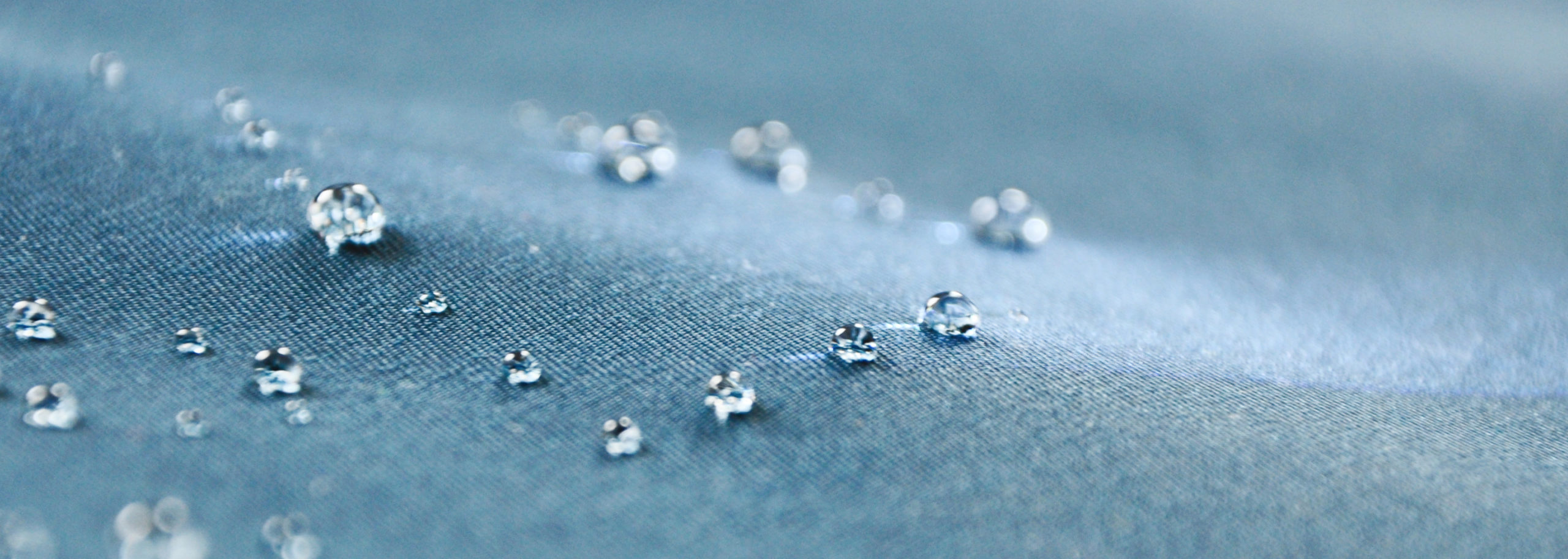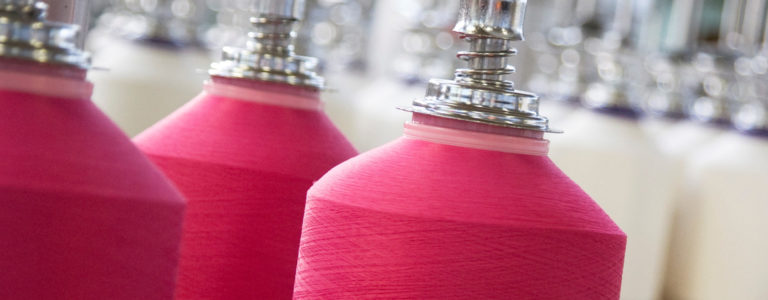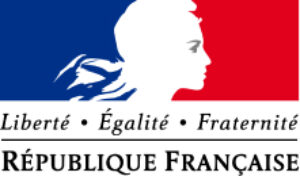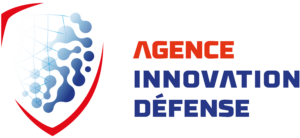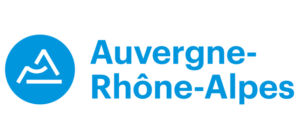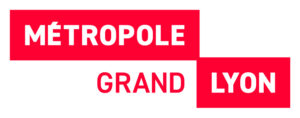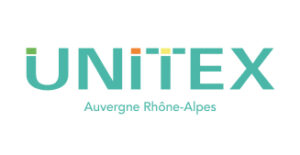
Three technological targets covering the major areas of innovation related to the textile
The Techtera Cluster Roadmap has been in existence for four years over the period 2023 – 2026. It consists of three technological targets covering the major areas of innovation related to the textile sector. The cluster supports the sector on these three targets: – from the generation of ideas to the final stages of setting up and submitting projects. These targets are common to all application markets in the textile sector.
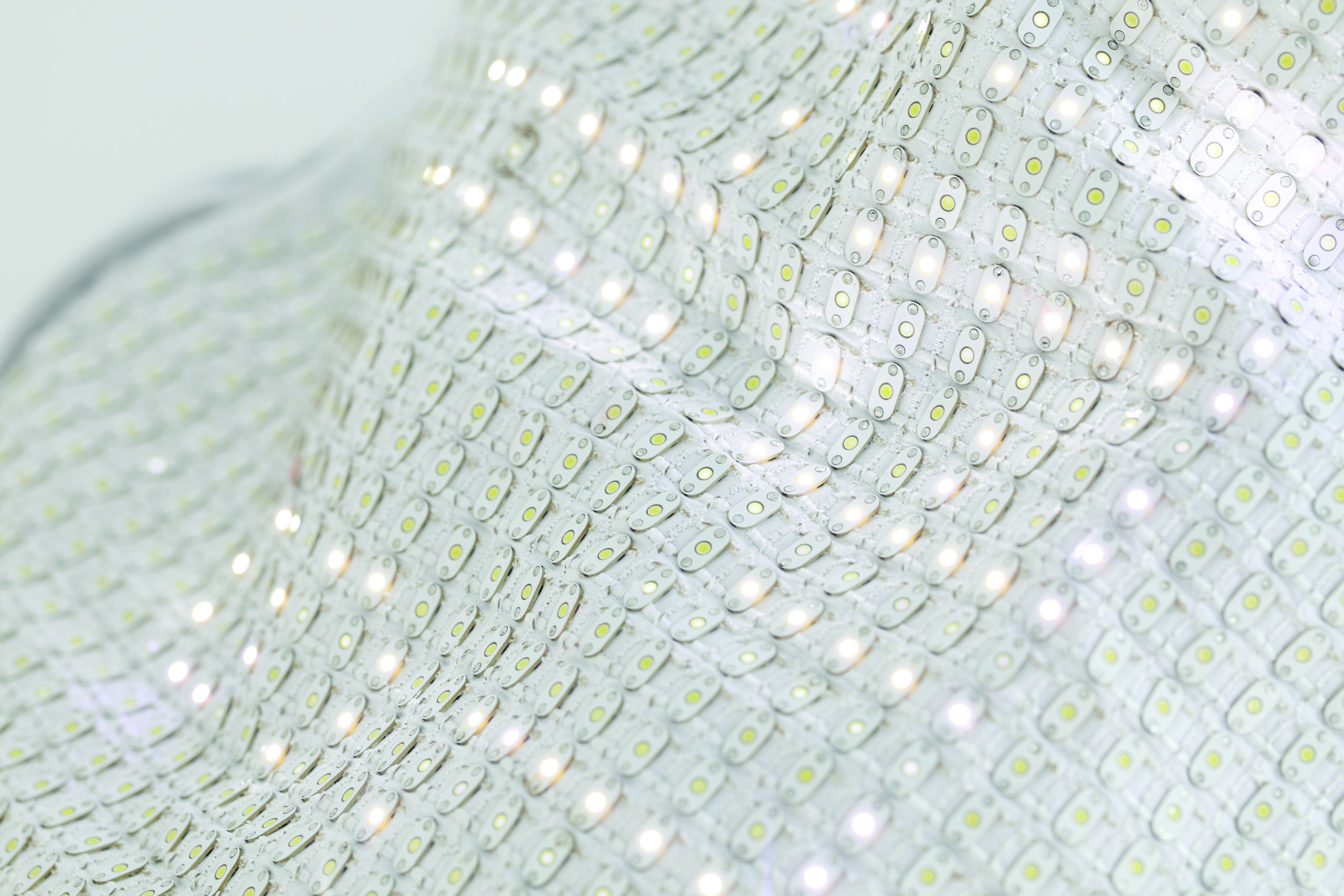
intelligent and high-performance materials
Europe now has a privileged position in the sector of smart textiles and high-performance functionalised textiles. However, competition is severe at a world level, given the significant penetration of such products in strategic markets: aeronautics, transport, health, building.
Four main themes:
- High performance textile materials & systems
This involves not only the development of new functional & multifunctional materials, but also processes for the industrialisation of associated technologies.
Keywords: materials, multifunctional, functionalisation, simulation, 3D - Textiles & composites
This concerns the application development of textiles as composite reinforcements. There is a variety of research in this field: simulation of properties, industrialisation/automation of processes, biobased materials, recycling processes, composite sensors.
Keywords: composites, sensors, simulation, recycling, biobased, industrialisation, performance - Additive manufacturing
Additive manufacturing is a particularly promising method of manufacturing customisable, multifunctional materials. Many developments remain necessary for its integration into the textile sector (flexible, conformable materials, etc).
Keywords: 3D printing, additive manufacturing, customisation - Smart textiles
Textiles and smart textile systems are defined as being able to respond to an external stimulus. They can be passive or active, connected or not. Textile materials, by their multi-material nature & 3D morphology, prove to be perfect candidates for the development of future flexible sensors, actuators and other conformable energy sources.
Keywords: sensor, actuator, energy, connected, wearables, IoT (Internet of Things), electrode, conductive textile
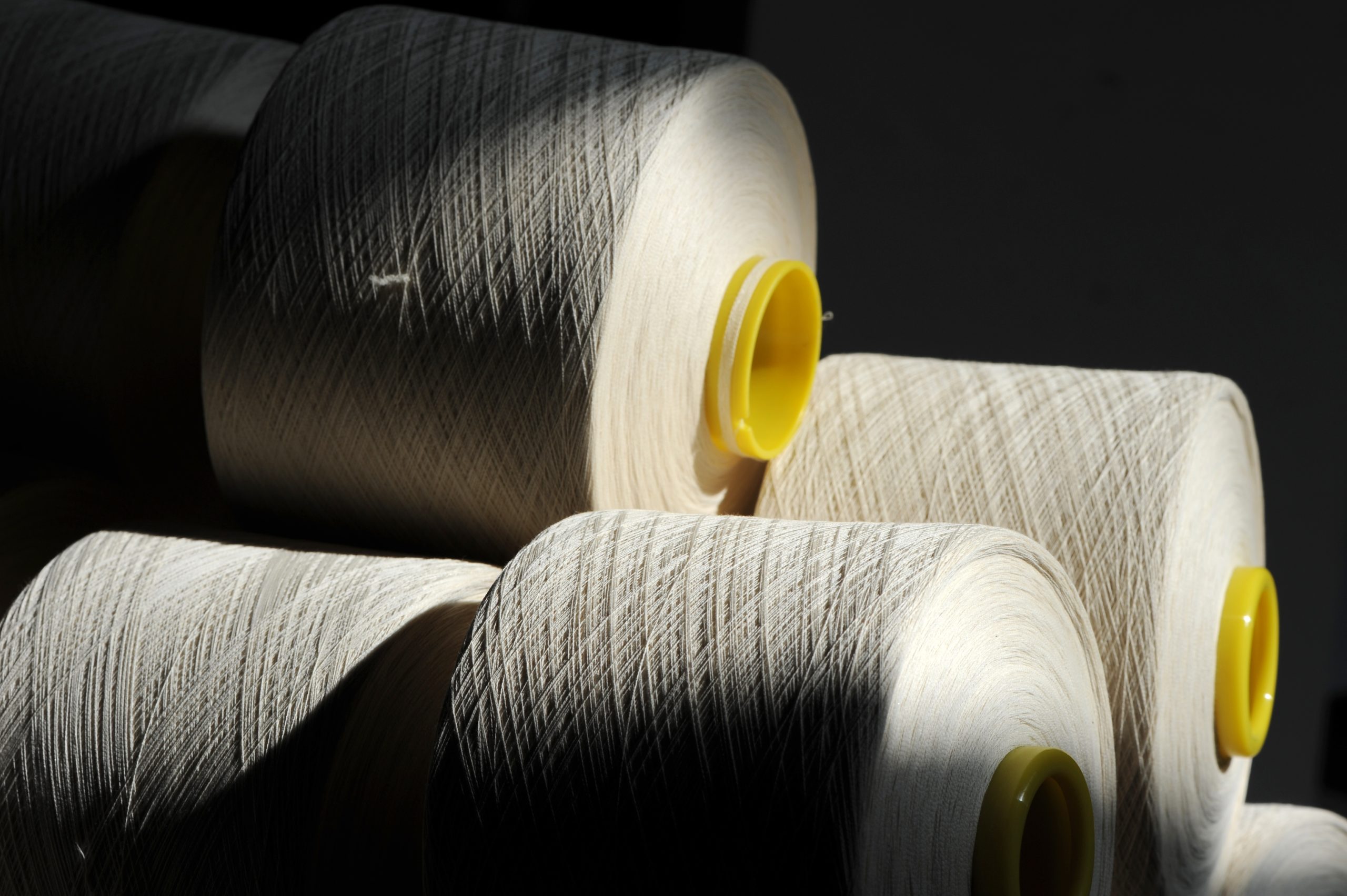
The circular economy and resource economy
Like all processing industries, the textile industry, is currently facing significant environmental challenges. Reduction in energy consumption, reduction of pollution, especially linked to certain stages of the process (for example, dyes or surface coatings), reduction of material consumption. These are all problems to which answers must be found. Incremental or disruptive innovation, the levers to achieve this are many and varied.
Four main themes:
- Biobased & alternative materials
Many materials are in the development or industrialisation stage. They come from natural resources: linen, PLA, silk, biobased resins, etc. They are promising for technical or aesthetic applications of textiles.
Keywords: biobased materials - Recycling
Textile recycling is based on technological developments but also on flow management: securing deposits, short cuts, selective sorting, chemical, mechanical, thermomechanical recycling processes, recycling of composites, etc.
Keywords: recycling, collection, processes, multi-materials - Eco-efficient processes
The development of these processes is strongly linked to sustainable development: producing better. Many processes are currently being validated in the textile production chain: supercritical CO2, gas fluorination, plasma treatments, etc.
Keywords: eco-efficiency, eco-design - “Short cuts”
The trend of “short cuts” is emerging for the clothing markets but also for technical markets. They require adaptation of collection, sorting and recycling or upcycling technologies.
Keywords: short cuts, upcycling
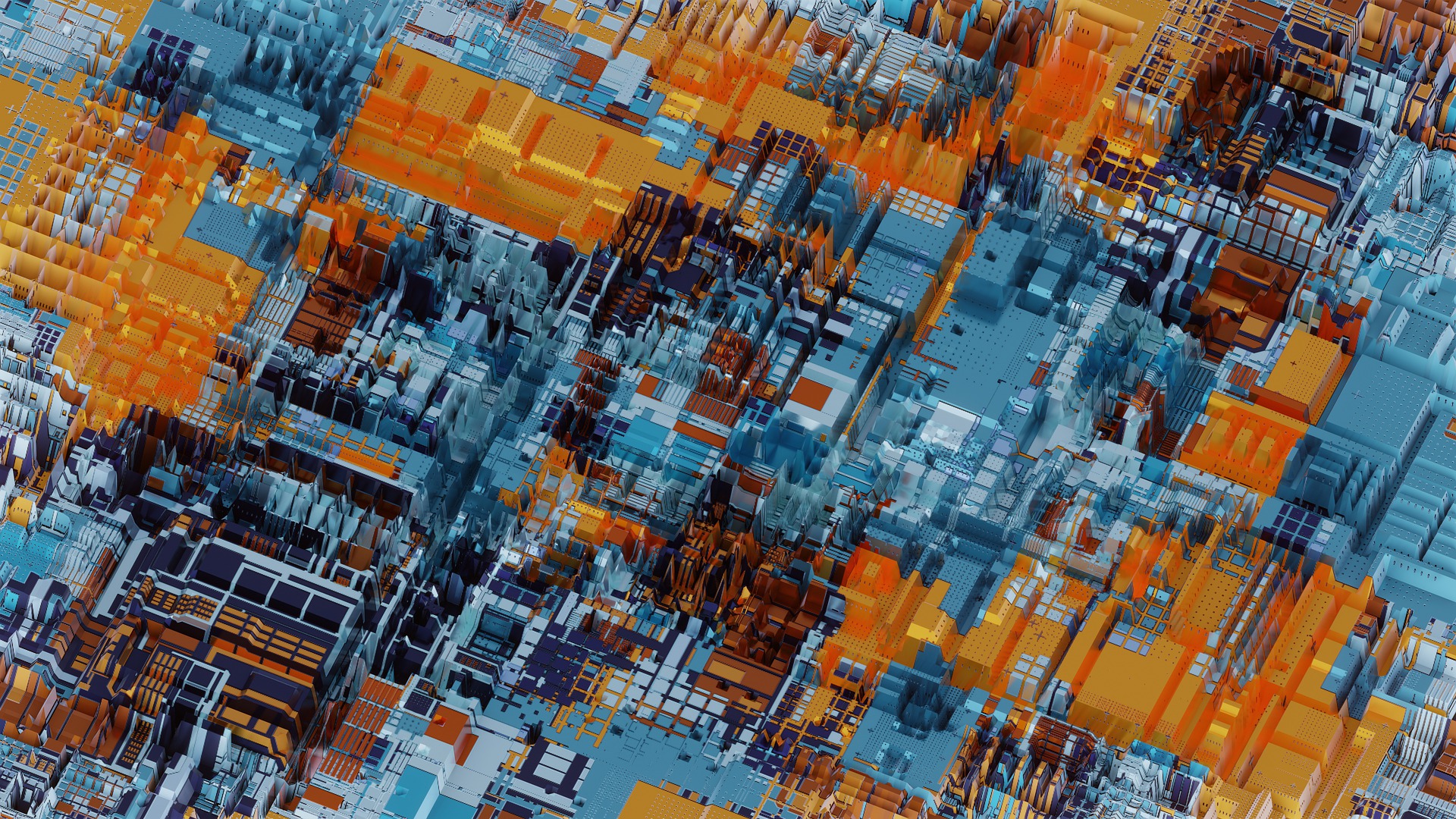
the industry of the future and new business models
The textile industry has its full place in the fourth industrial revolution, which is disrupting the practices of the entire industry and also of user-consumers.
This revolution is born out of the massive development of digital technologies (digitisation), which have an impact on practices, organisations, trades, uses, processes, etc. There are major trends related to new production methods (local, on-site sales), mass personalisation, traceability, automation and robotisation
Three main themes:
- Vertical integration of the industry
These are developments in the optimisation of material flows (supply chain), traceability throughout the chain and the integration of virtual reality technologies.
Keywords: augmented reality, virtual reality, blockchain, supply chain, robotisation, traceability, automation, relocation - Horizontal integration of industry (extended factory)
The hidden issue is that of mass personalisation, whatever the field of application. It goes hand in hand with traceability and industrial reactivity in a particularly fragmented sector (specialisation of the different trades from the yarn to the finished or semi-finished product)
Keywords: mass personalisation, traceability, responsiveness, resilience - Service
Services (provision of services and not of products), linked to the transition from an economy of possession to an economy of use, impacts the textile sector and forces it to review its economic models. This state of affairs is also closely linked to digitisation and the development of new smart materials.
